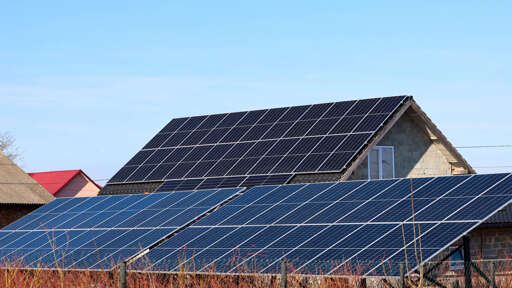cross-posted from: https://slrpnk.net/post/24690127
Solar energy experts in Germany are putting sun-catching cells under the magnifying glass with astounding results, according to multiple reports.
The Fraunhofer Institute for Solar Energy Systems team is perfecting the use of lenses to concentrate sunlight onto solar panels, reducing size and costs while increasing performance, Interesting Engineering and PV Magazine reported.
The “technology has the potential to contribute to the energy transition, facilitating the shift toward more sustainable and renewable energy sources by combining minimal carbon footprint and energy demand with low levelized cost of electricity,” the researchers wrote in a study published by the IEEE Journal of Photovoltaics.
The sun-catcher is called a micro-concentrating photovoltaic, or CPV, cell. The lens makes it different from standard solar panels that convert sunlight to energy with average efficiency rates around 20%, per MarketWatch. Fraunhofer’s improved CPV cell has an astounding 36% rate in ideal conditions and is made with lower-cost parts. It cuts semiconductor materials “by a factor of 1,300 and reduces module areas by 30% compared to current state-of-the-art CPV systems,” per IE.



Also, from the article - 33.6% efficiency in real-world conditions:
A lighthouse uses the same lens, just with the light coming from the inside. Since this is old knowledge, what is the drawback? Why isn’t this widespread?
My completely uninformed guess:
The lens and assembly costs too much compared to just more solar panels
The lens/panel combo is so bulky/prone to failure it becomes unreasonable to actually install/use.
Adding to what Eldest_Malk said: They aren’t just putting a new type of lens over standard solar cells, they are also designing/fabricating custom cells to work with the lenses. [I’m not a PV expert, but the fact that the IEEE paper focuses so much on the cells and not just the lenses leads me to believe that the lenses can’t just be used with whatever standardized solar cells are on the market]